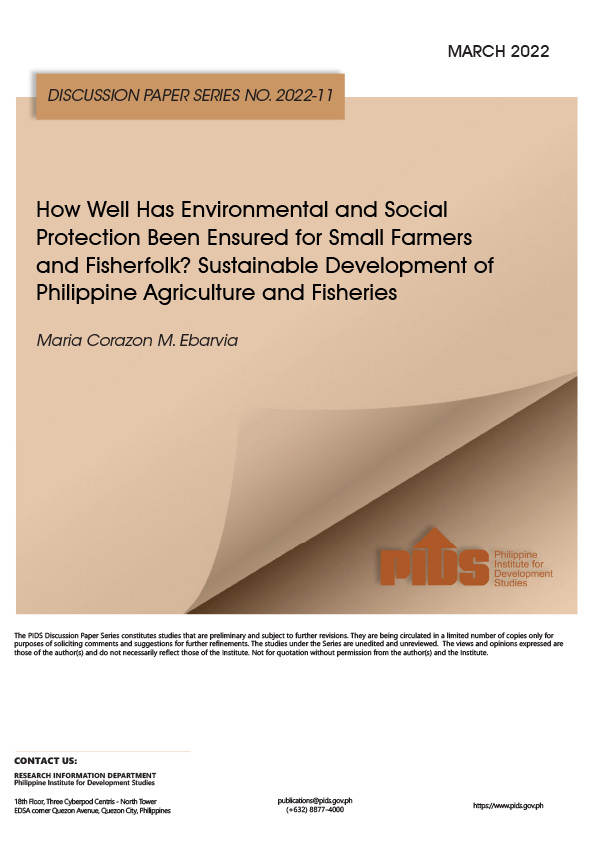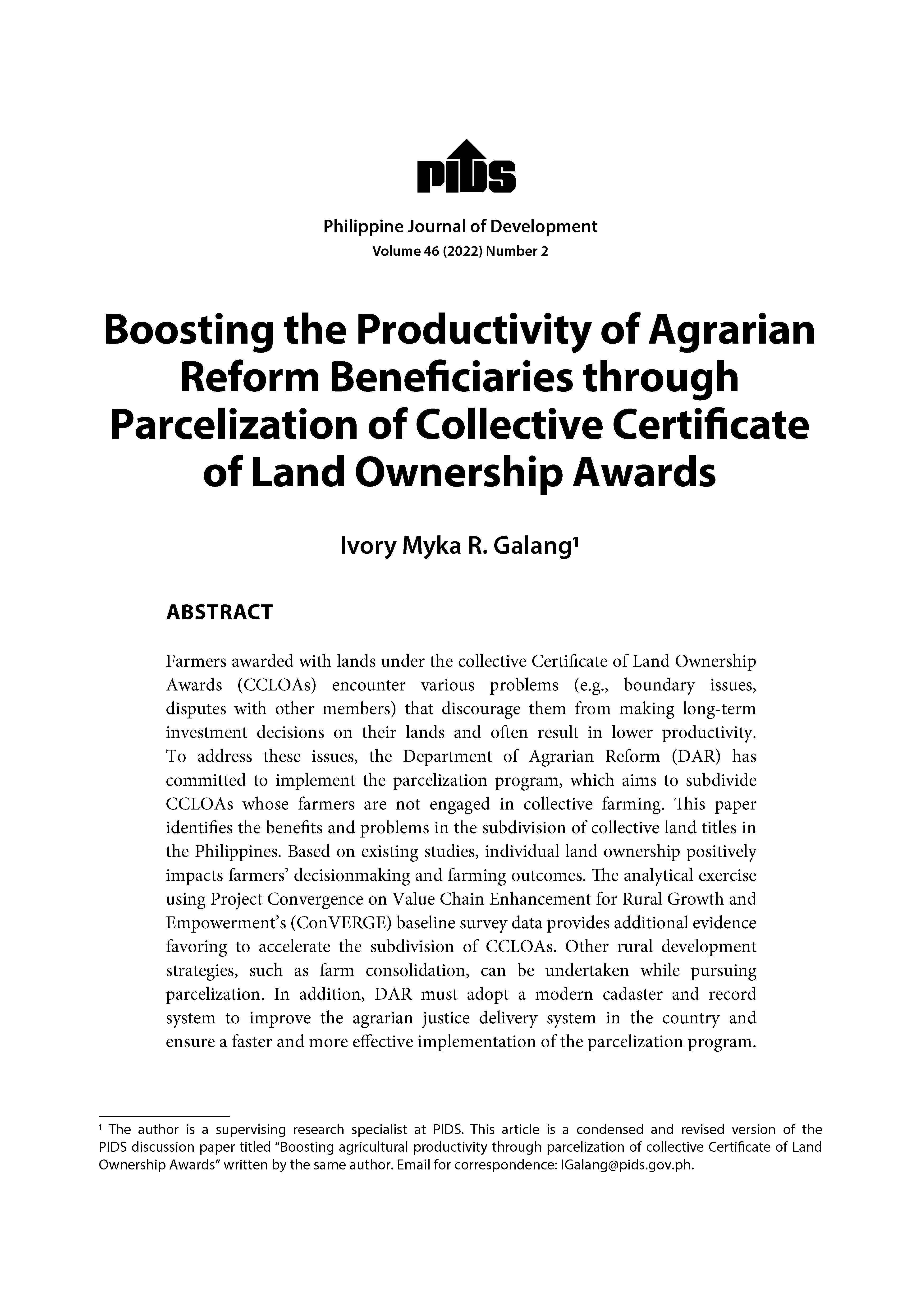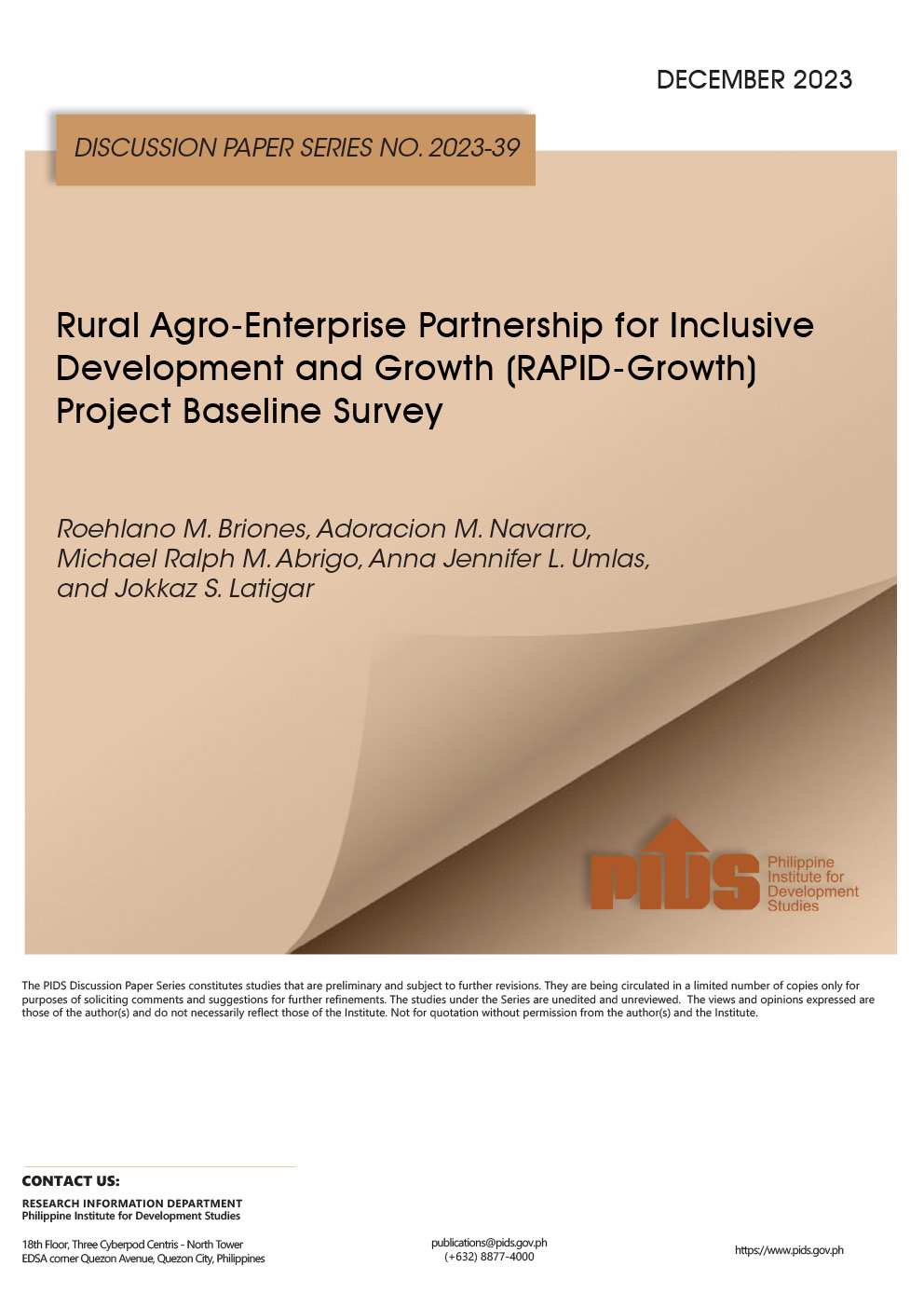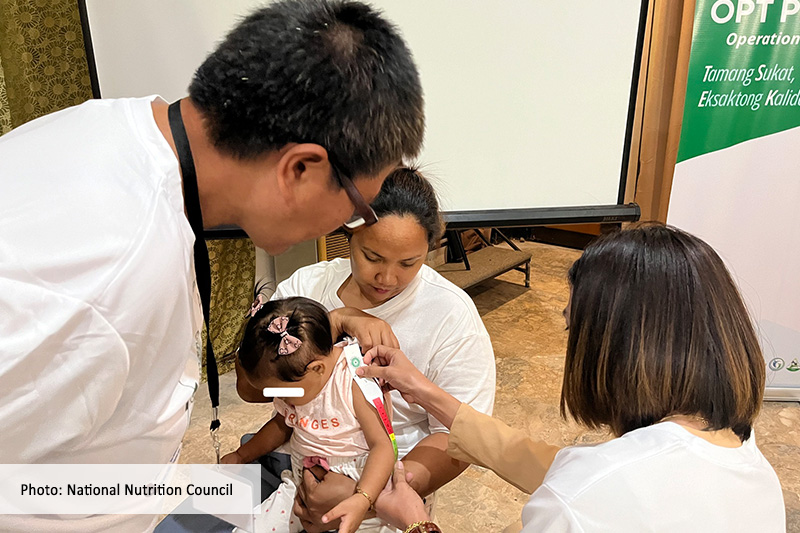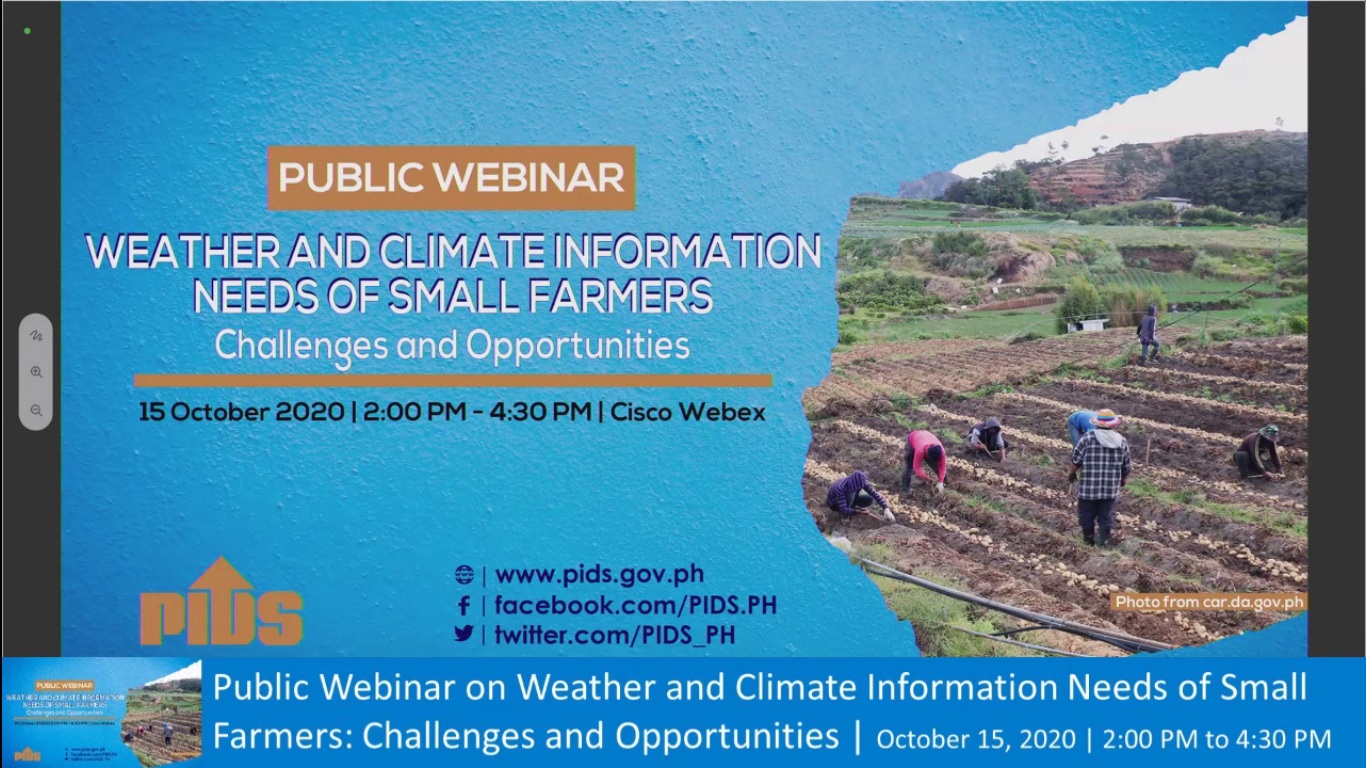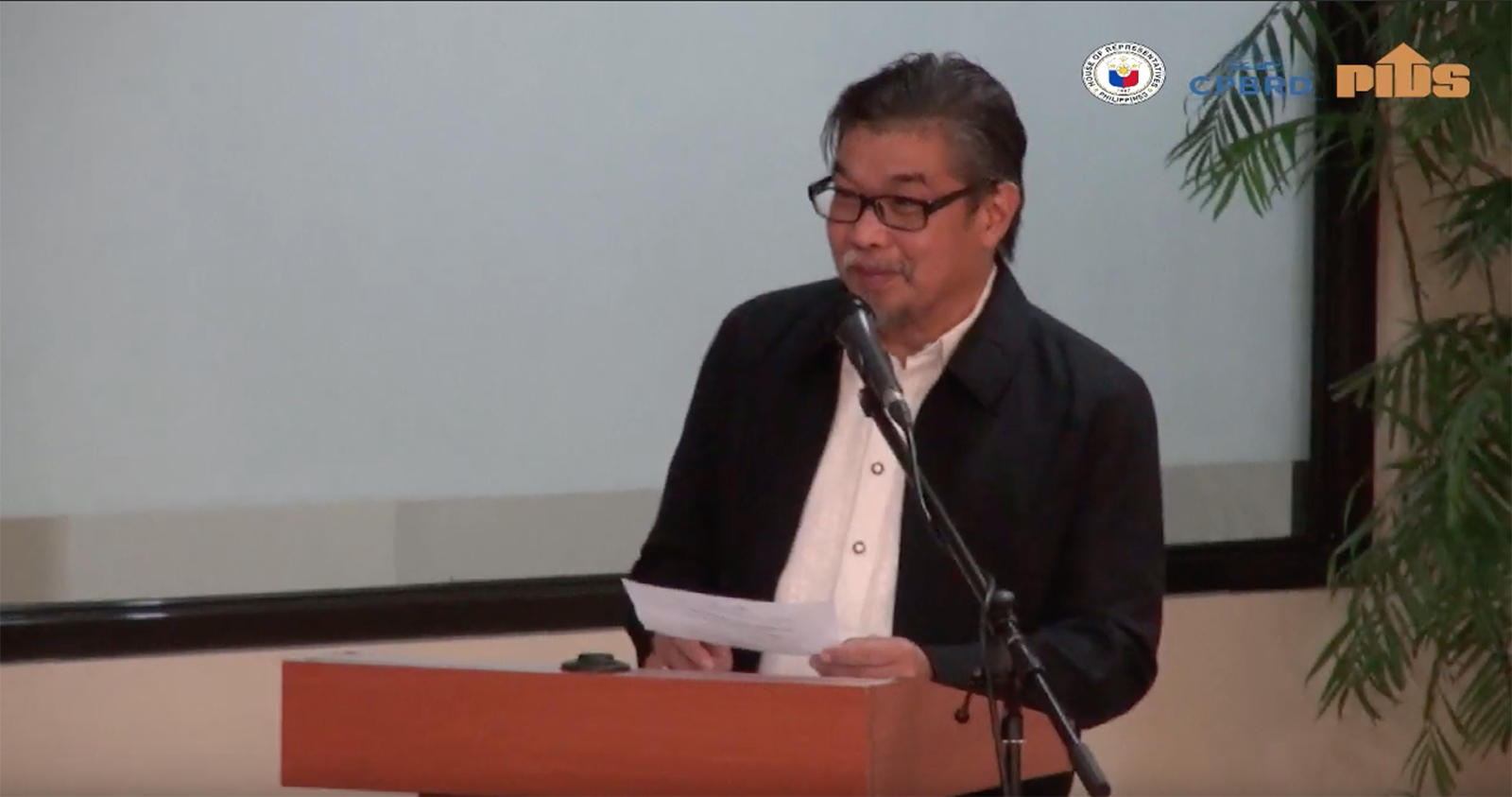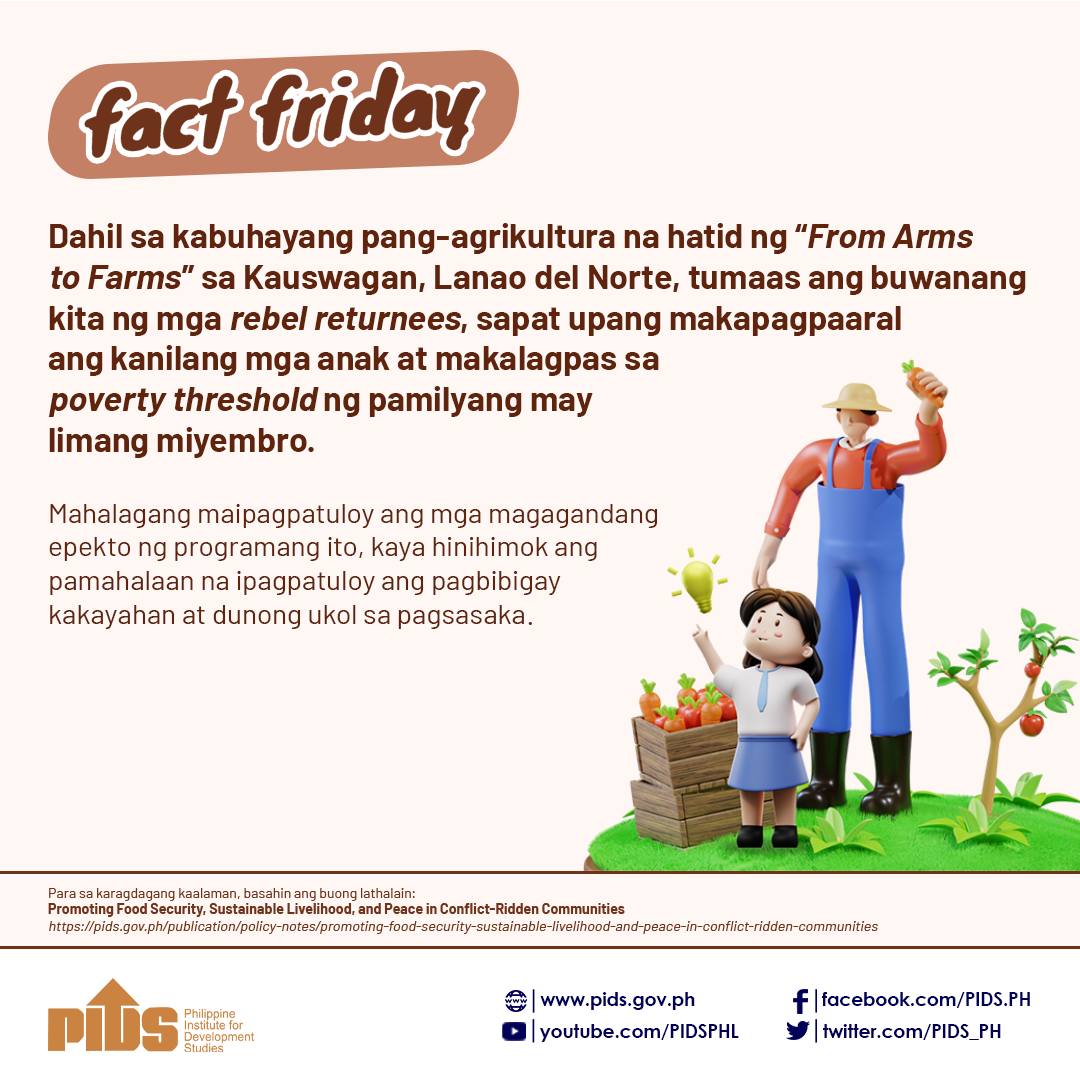POOR postharvest facilities could cost farmers in at least four provinces some P286.96-million income losses, according to a study released by the Philippine Institute for Development Studies (Pids).
In the policy note titled, How effective are our postharvest facilities?, PIDS consultants Nerlita M. Manalili, Kevin F. Yaptenco and Alessandro A. Manilay said these losses were prevented by the rice processing centers (RPCs).
In 2009 the Korean International Cooperation Agency (Koica) gave a grant worth P649 million to establish four RPCs equipped with modern milling and drying equipment.
"The RPCs also helped increase farmers’ income by offering higher buying prices, thereby serving as an incentive to farmers to patronize the facility,” the paper read.
The RPCs were in Pangasinan, Davao del Sur, Iloilo and Bohol. The RPCs aimed to increase farmers’ income through the production of good-quality milled rice and the reduction of postharvest losses.
Data obtained from the Philippine Center for Postharvest Development and Mechanization and the International Rice Research Institute showed that the bulk of the losses worth P166.57 million would have come from rice mills.
Other losses from dryers and poor drying facilities amounted to P82.88 million and P37.53 million, respectively.
Apart from avoiding these losses, the PIDS consultants said the RPCs increased the average buying price for wet paddy compared to the buying price offered by private traders and millers. This was especially the case during the wet season with rice farmers benefiting from price margins of P0.79 to P1.11 per kilogram. The total gain in farmers’ income due to higher buying prices reached P13.9 million.
"The RPCs also provided a safety net for farmers during periods of oversupply [wet season harvest], when private traders do not accept wet paddy or offer very low buying prices. The hindrances were found to be related mainly to project implementation in addition to the lack of working capital,” the paper read.
To maximize the benefits from the RPCs, the paper said the government must increase the operating capital of these facilities by P40 to P80 million.
This will allow the RPCs to accommodate increased volume of paddy rice and additional cargo trucks of mixed sizes to pick up harvested paddy and deliver milled rice.
However, the authors said additional investment on these RPCs from the Department of Agriculture (DA) must be subjected to performance evaluation of each facility.
Each facility must produce good-quality milled rice products, healthy financial standing, and have a positive impact on rice farmers.
"This can be considered as a second phase of the Koica project to ensure the sustainability of each RPC,” the policy note stated.
The evaluation was conducted over a six-month period from October 2014 to March 2015. From the four RPC sites, other facilities funded by other programs of the DA that were within reasonable distance of an RPC.
Food terminals, flatbed dryers and rice threshers were included in the study. Site visits to three municipal food terminals, seven barangay food terminals, three flatbed dryers and threshers were conducted.
The RPCs are one of the ways by which farmers aim to increase their incomes since studies estimated that postharvest losses can reach about 40 percent to 45 percent for cereals, seafood, fruit and vegetables, roots and tubers.
In the country, studies estimated that postharvest facilities can result in losses of 15 percent for rice and 13 percent to 29 percent for major fruits and vegetables.//

